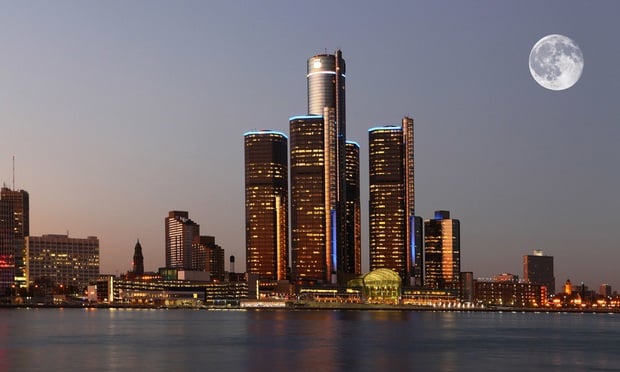Here are some specifics:
* Population will grow 12% to 5.4 million by 2030.
* Households will increase twice as fast – 22% to 2.25 million in2030.
* Jobs will grow 16%, reaching 3.1 million by 2030.
Population will increase by 568,000 people by 2030, with most of the growth occurring outside of Detroit and its mature suburbs. While Southeast Michigan is growing at a rate comparable to the state, it is half the rate of US growth.
States with high growth rates -- California, Texas, and Florida -- are also major destinations for immigrants. Michigan, on the other hand, gets smaller numbers of immigrants. In addition, more people move out of Southeast Michigan than move into it. Those leaving the region are mainly younger people seeking opportunities for better quality of life elsewhere.
The fastest-growing counties in Southeast Michigan by two measures are Livingstonwith 125,454 more people from 2000 to 2030, an 80% increase, Macomb Township, witha 138% increase.
The number of jobs in Southeast Michigan will increase by 436,000 by 2030. The growth rate will be slower, however, because of a growing shortage of potential workers. Between now and 2030, the number of working-age adults (ages 20-64) will drop by 38,000. It is estimated that more retirement-age adults will continue working, with many holding part-time jobs.
There will be more jobs in the service sector, less in manufacturing. While the pattern of job location is generally similar to the areas growing in population and households, the biggest gains will be concentrated in fewer communities, reflecting the strong role of transportation access and the need for more centrally located jobs.
The Southeast Michigan county with highest percent job growth is expected to be Livingstonwith a 73% increase in jobs to 102,378 in 2030. Brownstown Township is forecast to add 28,077 new jobs between 2000 and 2030.
Most of the growth is expected to occur in the outer fringes of the Southeast Michigan region which will produce infrastructure challenges, SEMCOG officials say. As rural becomes urban, congestion will increase. Additional roads and sewers will have to be built and those existing in older parts of the region will have to be rehabilitated.
Want to continue reading?
Become a Free ALM Digital Reader.
Once you are an ALM Digital Member, you’ll receive:
- Breaking commercial real estate news and analysis, on-site and via our newsletters and custom alerts
- Educational webcasts, white papers, and ebooks from industry thought leaders
- Critical coverage of the property casualty insurance and financial advisory markets on our other ALM sites, PropertyCasualty360 and ThinkAdvisor
Already have an account? Sign In Now
*May exclude premium content© 2024 ALM Global, LLC, All Rights Reserved. Request academic re-use from www.copyright.com. All other uses, submit a request to [email protected]. For more information visit Asset & Logo Licensing.






